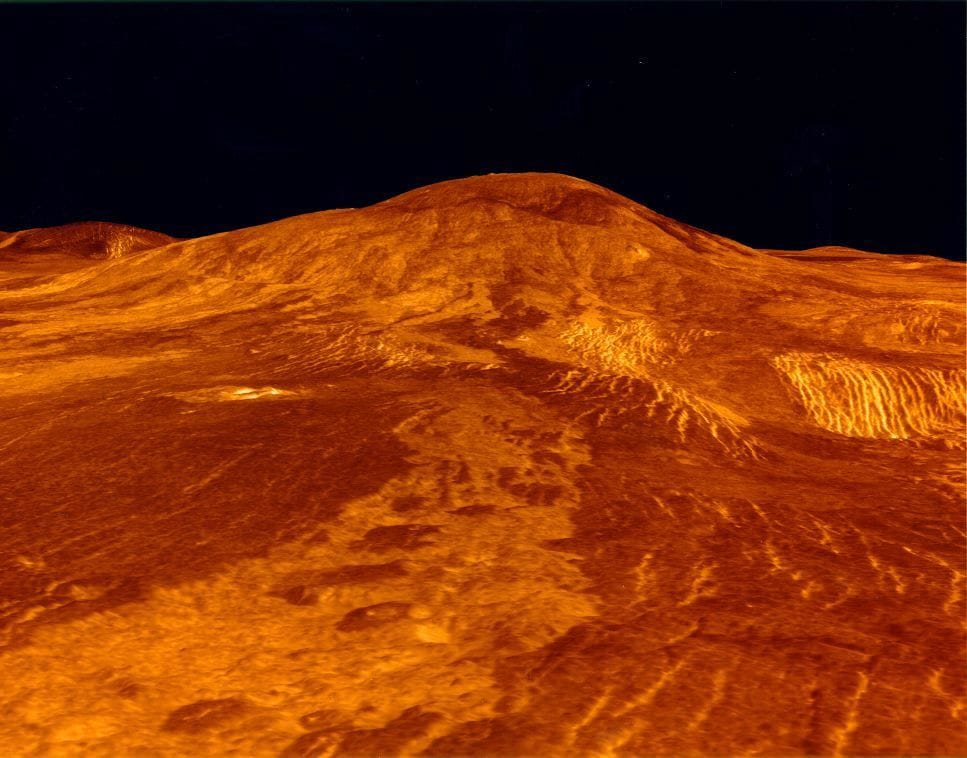A substantial piece of space debris has impacted a village within Kenya, prompting an investigation by local and international agencies. The object, estimated to weigh in excess of 1000 pounds, is believed to be a component of a satellite or rocket that was not de-orbited in a controlled manner. This incident is the latest in a series of occurrences that underscore the potential dangers associated with the increasing amount of space debris orbiting the planet. The event raises important questions about space traffic management and the responsibility of space-faring nations to ensure the safe disposal of defunct hardware. Initial reports from the Kenyan village indicate that the impact occurred in a relatively unpopulated area, limiting the immediate potential for loss of life or severe injury. However, the damage to the surrounding area is currently being evaluated by assessment teams, and specialists will be analyzing the composition of the debris to better understand its origin. This analysis may reveal which nation or organization is responsible for the launched hardware. This is also useful information to help prevent future incidents. The potential ramifications of uncontrolled re-entry are significant and continue to be addressed by national space agencies. As space activities continue to expand, this incident serves as a stark reminder of the need for proactive measures to mitigate the risk of further space debris collisions with populated areas. Space debris is broadly defined as non-functional human-made objects orbiting Earth. This includes defunct satellites, spent rocket stages, and fragments of space vehicle breakups. This type of debris poses a threat not only to active satellites but also carries a danger for people on the ground, though the chances of a direct hit are statistically low. The larger the piece of debris, the greater the potential for damage and injury. The international space community has been working to establish guidelines and best practices for responsible space operations, including measures to reduce the creation of new space debris. This includes designing satellites and rockets to de-orbit safely or be retrieved after their missions are complete. However, the volume of existing debris poses a substantial challenge, as deorbiting or removing existing debris is a technically complex and costly undertaking. The recent incident in Kenya highlights the challenges of space traffic management. The trajectory of many defunct satellites and spent rocket stages is tracked by various space agencies. However, the atmospheric drag affects re-entry timing, and it can be difficult to predict exactly where an object will land. This event also brings the subject of compensation and accountability for any damage caused by falling space debris. While the legal framework on space law and compensation is relatively established, it can be difficult to resolve actual cases. The identification and tracking of objects that are likely to re-enter is essential to provide warning and avoid disasters. This is especially true for larger objects as the risk of impact increases. This particular incident will likely encourage further research into technology and techniques that improve our capacity to track, mitigate and clean up space debris. It will also encourage discussion on international agreements and regulations to enforce better management of objects in Earth’s orbit. In the coming days, a report by the authorities will be published and it will give more details on the object that has crashed and its exact origin. The incident is currently a point of investigation in Kenya and at multiple international space agencies and authorities.
Large Space Debris Impacts Kenyan Village



